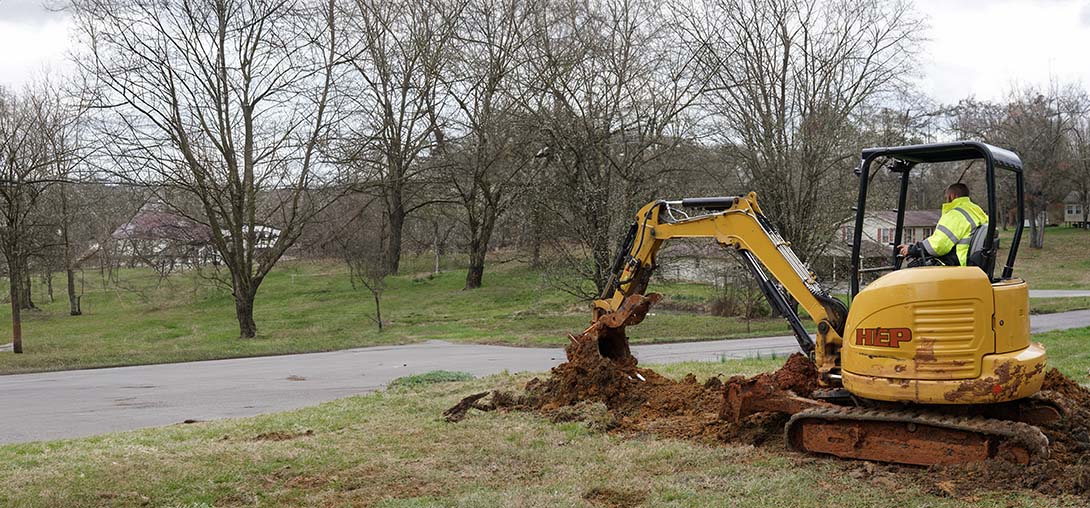

Hands-on Expertise
Your trusted partner for professional home services. Quality workmanship, guaranteed satisfaction.




- HEP
- Hands-on Expertise
Hands-on Expertise | Main Line Issues | Plumbing | Charleston
When water backs up in the tub or the lawn turns into a swamp, Charleston homeowners know it’s time to call HEP. Our crew brings decades of hands-on experience to every job, pinpointing blockages with high-resolution cameras, clearing roots with hydro-jetting, and repairing cracked or collapsed pipes without tearing up your yard. We thrive on problem-solving under pressure, arriving with fully stocked trucks so most repairs wrap up the same day—because the only thing worse than main line issues is waiting around for them to be fixed.
From the Battery to West Ashley, we treat your property like our own, offering transparent pricing, courteous techs, and a workmanship guarantee that flows as strong as your newly restored pipes. Whether you’ve noticed slow drains, sewage smells, or rising water bills, HEP is ready 24/7 to restore comfort, protect your home, and keep Charleston’s charm intact—one main line at a time.
FAQs
What are the most common signs of a main sewer line problem in a Charleston home?
Watch for multiple fixtures backing up at the same time (e.g., toilet and tub), gurgling in drains, foul odors coming from floor drains, soggy spots in the yard even during dry weather, or periodic flooding after heavy rains or high tides. Charleston’s high groundwater table and shifting coastal soils can speed up pipe deterioration, so call us at the first hint of trouble to prevent a complete backup.
How do tree roots affect my main line and what solutions do you offer?
Live oaks, magnolias, and crepe myrtles common to Charleston send out aggressive roots that seek moisture at pipe joints or cracks. Once inside, they act like a web, snaring grease and debris until the line closes off. We locate the intrusion with a sewer camera, use hydro-jetting and mechanical cutting to clear the roots, and apply chemical root inhibitors. For long-term protection we can install a seamless CIPP liner or replace the damaged section with root-resistant PVC.
Should I repair or replace my main line?
Repair is ideal when damage is limited to one or two short sections or there is minor root intrusion, because we can spot-repair or sleeve the defective area. Full replacement is recommended if the pipe has collapsed, is sagging (a ‘belly’), made of outdated materials like Orangeburg or deteriorated cast iron, or if repeated repairs are costing more than a new line. We start with a video inspection, provide a written report, and discuss all options and costs before work begins.
What is trenchless main line repair and is it available in Charleston?
Yes. We offer two trenchless methods: (1) Pipe bursting, which pulls a new HDPE pipe through the old line, breaking the old pipe outward, and (2) Cured-in-place pipe (CIPP) lining, which installs an epoxy-saturated liner that hardens into a new pipe within the old one. Both require only small entry and exit pits, preserve landscaping and historic brickwork, and can be completed in one day for most 2"–6" lines up to about 100 ft.
How quickly can your plumbers respond to a main line emergency in Charleston?
We operate 24/7/365. For emergency blockages or breaks we can usually have a fully equipped crew on the Charleston peninsula, James Island, West Ashley, or North Charleston within 60–90 minutes. Our vans carry video inspection gear, hydro-jetters, and pipe patching materials so most problems can be diagnosed and stabilized during the first visit.
Are permits required for main line work in Charleston, and do you handle them?
Yes. The City of Charleston and Charleston Water System require permits for any work that connects to the public sewer or that involves digging in a right-of-way. We handle all permit applications, utility locates, and required inspections, and we coordinate with HOA or historic district guidelines when applicable. You’ll receive copies of all approved permits and final inspection reports for your records.